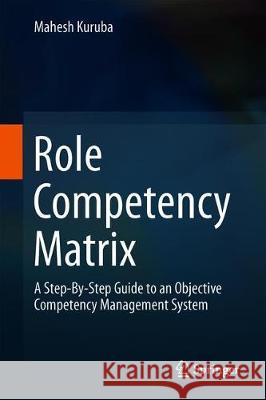Role Competency Matrix: A Step-By-Step Guide to an Objective Competency Management System » książka
topmenu
Role Competency Matrix: A Step-By-Step Guide to an Objective Competency Management System
ISBN-13: 9789811379710 / Angielski / Twarda / 2019 / 168 str.
Role Competency Matrix: A Step-By-Step Guide to an Objective Competency Management System
ISBN-13: 9789811379710 / Angielski / Twarda / 2019 / 168 str.
cena 403,47 zł
(netto: 384,26 VAT: 5%)
Najniższa cena z 30 dni: 385,52 zł
(netto: 384,26 VAT: 5%)
Najniższa cena z 30 dni: 385,52 zł
Termin realizacji zamówienia:
ok. 22 dni roboczych
Bez gwarancji dostawy przed świętami
ok. 22 dni roboczych
Bez gwarancji dostawy przed świętami
Darmowa dostawa!
Kategorie:
Kategorie BISAC:
Wydawca:
Springer
Język:
Angielski
ISBN-13:
9789811379710
Rok wydania:
2019
Wydanie:
2019
Ilość stron:
168
Waga:
0.41 kg
Wymiary:
23.88 x 16.76 x 1.22
Oprawa:
Twarda
Wolumenów:
01
Dodatkowe informacje:
Bibliografia











